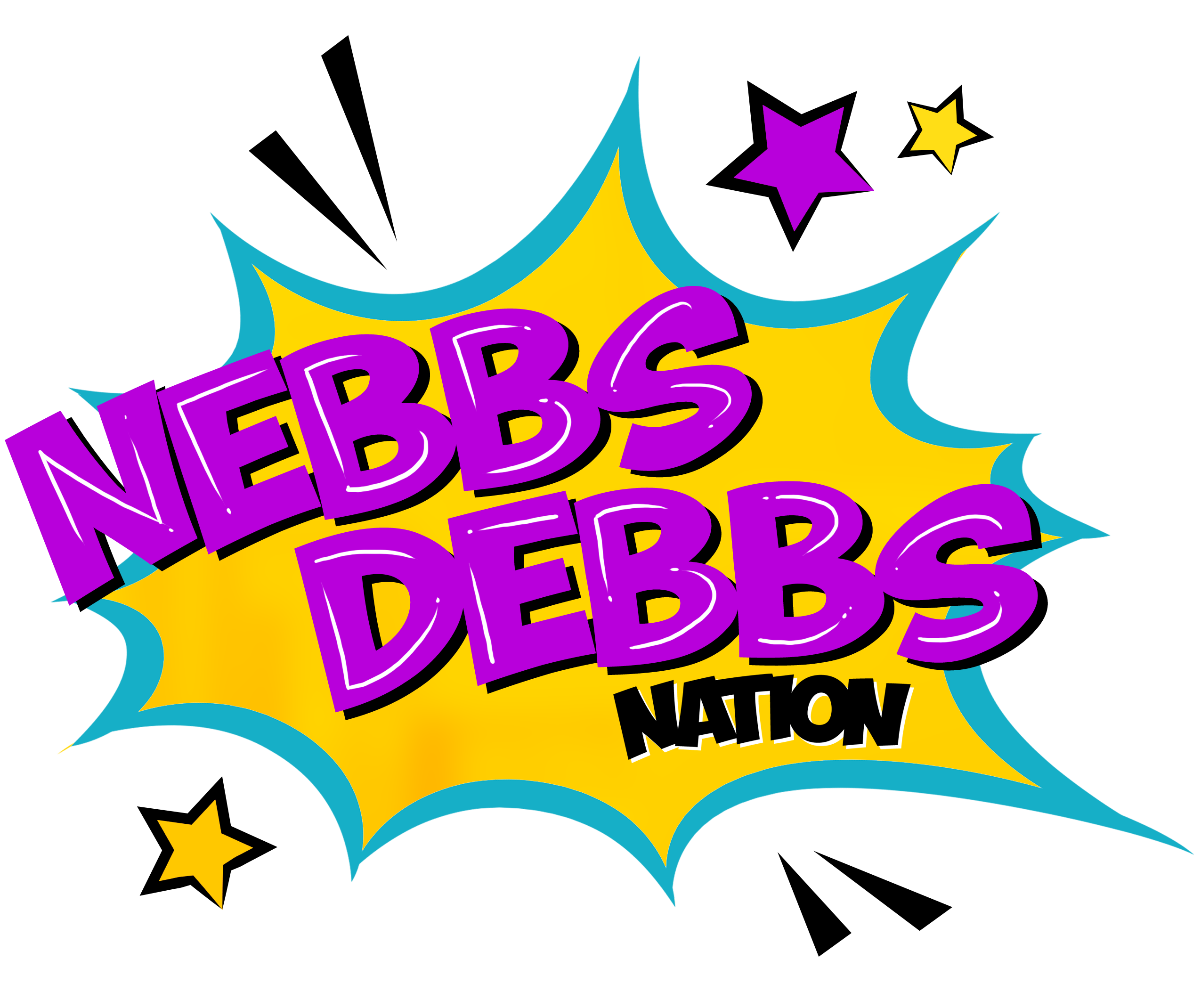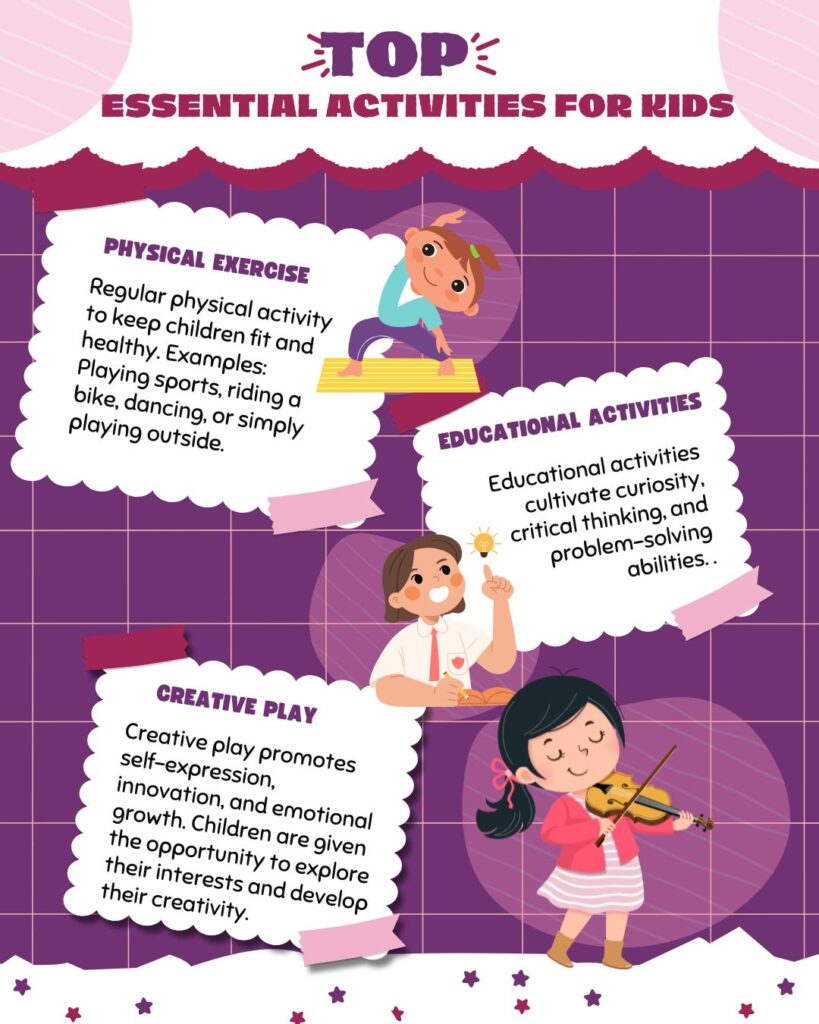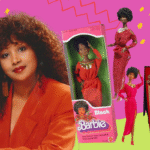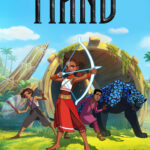
Understanding and appreciating Black history is essential for fostering a sense of identity and pride among young Black individuals. Visiting sites dedicated to preserving and narrating this rich history offers invaluable insights. Here are four significant institutions that provide profound educational experiences:
1. The Legacy Museum in Montgomery, Alabama
Founded by the Equal Justice Initiative (EJI) under the leadership of Bryan Stevenson, The Legacy Museum offers an immersive journey through America’s history of racial injustice. Located on the site of a former cotton warehouse where enslaved Black people were forced to labor, the museum connects the eras of slavery, racial terror, and mass incarceration. Through interactive media, first-person narratives, and compelling art, visitors gain a comprehensive understanding of the systemic oppression faced by Black Americans. This experience is crucial for young Black individuals to comprehend the roots of racial disparities and the ongoing struggle for justice. The museum operates Wednesday through Sunday from 9 a.m. to 5 p.m. Admission is modestly priced at $5, which includes entry to the adjacent National Memorial for Peace and Justice. Visiting during weekdays may offer a less crowded experience, allowing for deeper reflection.
2. The National Center for Civil and Human Rights in Atlanta, Georgia
Established in 2014, the National Center for Civil and Human Rights was envisioned by civil rights icons Evelyn Lowery and Andrew Young and launched by former Mayor Shirley Franklin. The center serves as a bridge connecting the American Civil Rights Movement to contemporary global human rights struggles. Exhibits such as the Morehouse College Martin Luther King Jr. The collection provides personal insights into Dr. King’s life and work. For young Black visitors, the center not only educates about past struggles but also inspires active participation in ongoing human rights advocacy. The center is open Tuesday through Friday and Sunday from noon to 5 p.m., and Saturday from 10 a.m. to 5 p.m. General admission is $19.99 for adults, $17.99 for seniors (65+), and $15.99 for youth (ages 7–12). To fully engage with the exhibits, visiting during morning hours is recommended.
3. The National Museum of African American History and Culture in Washington, D.C.
As part of the Smithsonian Institution, this museum opened its doors in 2016 with a mission to document African American life, history, and culture. The museum’s extensive exhibits cover topics ranging from slavery and segregation to achievements in arts and sciences. For Black youth, exploring these narratives fosters a deep appreciation of their ancestors’ resilience and contributions. The museum operates Tuesday through Sunday from 10 a.m. to 5:30 p.m., and Monday from noon to 5:30 p.m. Admission is free, but timed-entry passes are required, which can be reserved in advance. Planning a visit during weekdays can help avoid larger crowds, enhancing the educational experience.
4. The King Center in Atlanta, Georgia
Founded in 1968 by Coretta Scott King, The King Center serves as a living memorial dedicated to preserving the legacy of Dr. Martin Luther King Jr. The center offers educational programs and exhibits that promote Dr. King’s philosophy of nonviolent social change. Visitors can explore Freedom Hall, the King Library and Archives, and pay respects at the reflecting pool surrounding the tombs of Dr. and Mrs. King. For Black children, the center provides an intimate connection to the life and teachings of a pivotal figure in their history. The King Center is open daily from 10 a.m. to 5 p.m., and admission is free. To fully experience the offerings, visiting during the morning hours is advisable.
Visiting these institutions offers young Black individuals a profound understanding of their heritage, the struggles endured, and the triumphs achieved. These experiences not only educate but also inspire future generations to contribute meaningfully to the ongoing narrative of Black history and culture.
Why Every Black Child Should Experience These Historic Places
Each of these powerful spaces tells a story that textbooks often overlook—stories of strength, survival, innovation, and truth. For young Black children, visiting The Legacy Museum, the National Center for Civil and Human Rights, the National Museum of African American History and Culture, and The King Center isn’t just a history lesson—it’s a journey of self-recognition. These museums and memorials are sacred spaces where Black children can see themselves not only in the struggle but also in the brilliance, creativity, and perseverance of their ancestors.
Understanding the past equips children with context. It helps them make sense of present-day challenges and recognize the work still ahead. But just as importantly, these places remind them that they come from a people who have always fought, always dreamed, and always mattered. Whether it’s learning about the trauma of mass incarceration, the courage of civil rights leaders, the artistic contributions of Black innovators, or the unwavering philosophy of nonviolence taught by Dr. King, these experiences plant seeds of pride and purpose.
These aren’t just museums—they’re mirrors and maps. They reflect who we’ve been and guide where we’re going. For Black children growing up in a world that doesn’t always reflect their value, these visits offer the most powerful affirmation: You belong. You are powerful. And your history is sacred.







